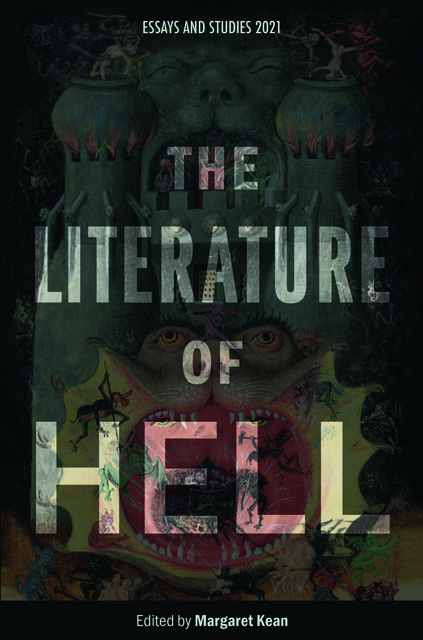Terra Tremens: Katabasis in Seamus Heaney’s District and Circle (2006)
Published online by Cambridge University Press: 14 January 2023
Summary
In his address to the Royal College of Surgeons in Ireland, in 2001, Seamus Heaney spoke about the sense of dislocation and fear experienced by many in the wake of the bombings of the World Trade Center in New York City. There was, he said, a ‘feeling that a crack had run through the foundations of the world, that the roof was blown off, that the border between the imaginable and the possible had been eradicated.’ His artistic response was to undertake a translation of Horace’s Odes I, 34, a poem that describes the speaker’s shock on hearing Jupiter, the god of thunder, drive his chariot across a clear sky. Re-read in the aftermath of the terrorist attacks, Horace’s Ode spoke to him in a new way, ‘about terra tremens, the opposite of terra firma. About the tremor that runs down to earth’s foundations when thunder is heard and about the tremor of fear that shakes the very being of the individual who hears it’ (WT 13–14).
A similar tremor of fear is captured in the five-sonnet sequence ‘District and Circle’, which Heaney expanded from two existing sonnets, in the weeks after the bombing of the London Underground on 7 July 2005. The semi-autobiographical poem reflects back on the summer of 1962, when a young Heaney commuted to work at the London Passport Office on the Tube. In the expanded sequence, Heaney’s dreamy descent into the Underground takes on echoes of Aeneas’s descent into Hades, and the appearance of his father’s ghost triggers a crucial turning point in his journey. This expanded version becomes the title poem in Heaney’s 2006 collection, District and Circle, a volume that meditates on the current state of our fragile, mortal earth, our ‘terra tremens’.
The roof has blown off the known world not only because of international terrorism, but also because of global-scale, human-induced climate change. Ours is perhaps the first generation to come to know the human mind as capable of destroying the earth’s ecosystem. A sense of threat to the natural environment runs through District and Circle in poems such as ‘Höfn’, ‘Moyulla’, ‘The Birch Grove’, ‘On the Spot’, and ‘The Tollund Man in Springtime.’
- Type
- Chapter
- Information
- The Literature of Hell , pp. 133 - 158Publisher: Boydell & BrewerPrint publication year: 2021



